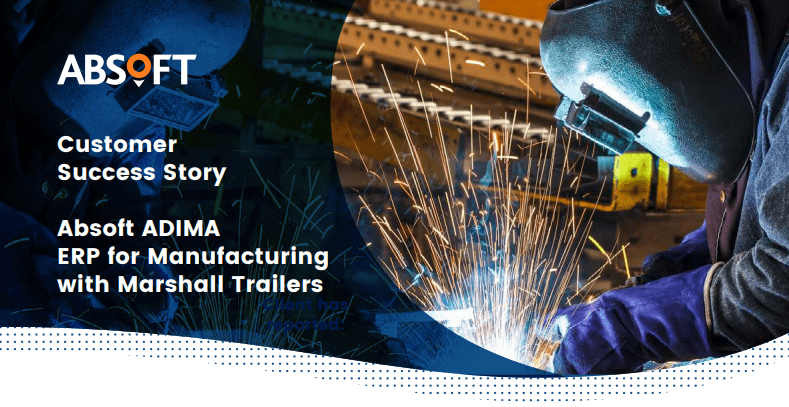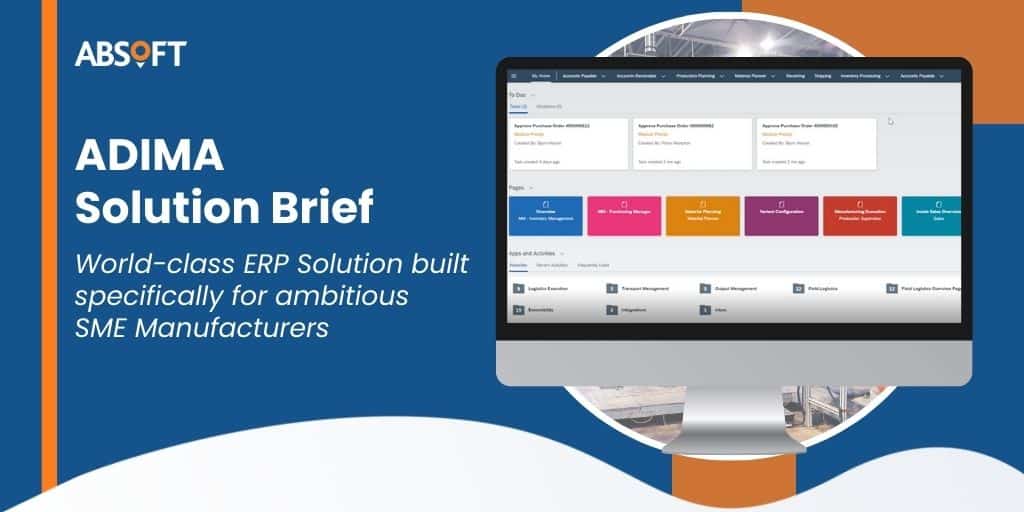In the fast-paced world of manufacturing, staying ahead of the curve is crucial for success. Yet, many businesses in the industry are still clinging to outdated on-premise software. Which raises a question: Would you drive a two-decade-old car without proper maintenance or a valid MOT? Probably not. That sounds¬†not only¬†unsafe, but also uneconomical and irrational. In this blog post, the first of a three-part series, we’ll explore the main risks and weaknesses associated with using antiquated business software in manufacturing, shedding light on the importance of upgrading to modern solutions for sustained growth and efficiency.
 
7 Risks of Using Outdated Manufacturing Software
1. High Maintenance Costs
Maintaining an aging car can be expensive, and the same holds true for outdated business software. As technology advances, supporting legacy systems becomes more costly, with dwindling support from vendors and increased expenses for custom patches and updates. The financial burden of maintaining outdated software can quickly surpass the cost of investing in modern, more efficient solutions. 
 
2. Limited Functionality
Imagine driving a car with limited features and capabilities, lacking modern safety standards and amenities. And how much better can your experience be with a radio, parking sensors and automatic tyre pressure sensors. Similarly, outdated business software in manufacturing often comes with limited functionalities. This can hinder innovation, making it challenging to adapt to industry changes, implement new technologies, or streamline processes efficiently. Features such as smart analytics, reporting and shop floor coordination fundamentally improve overall experience and functionality.
3. Lack of Integration with Modern Technologies
In the rapidly advancing landscape of manufacturing technology, staying connected is vital. Outdated software may lack the compatibility needed to integrate with emerging technologies such as the Internet of Things (IoT), artificial intelligence, or machine learning. This can hinder your ability to leverage data analytics for informed decision-making and optimize processes for greater efficiency. Furthermore, modern cloud ERP solutions can implement new innovation with automatic updates, making your system age-proof. 
 
4. Security Concerns
Much like an old car might lack the latest safety features, outdated software poses significant security risks. Cyber threats are continually evolving, and legacy systems often lack the necessary security updates and patches to defend against modern attacks. This leaves manufacturing businesses vulnerable to data breaches, intellectual property theft, and other cyber threats that can have severe financial and operational repercussions, which can consequentially have a damaging effect on company’s reputation.¬†
 
5. Inefficiency and Productivity Loss
Just as an old car struggles to keep up with modern traffic, outdated software in manufacturing leads to inefficiencies and productivity losses. Manual workarounds and outdated interfaces slow down processes, hinder collaboration, and impede the overall flow of operations. In a competitive industry, maintaining peak efficiency is essential for meeting customer demands and staying ahead of the competition. Utilizing the end-to-end functionality and full visibility across all operations has compelling effect on productivity increase and overall efficiency.  
 
6. Susceptibility to Errors
Just like a neglected vintage car might break down unexpectedly. As a result of neglected maintenance, lack of integration and limited functionality, outdated manufacturing software is prone to errors. Add on probability of human error due to cluttered data and disconnected business areas and your probability of error inflates.
These errors can lead to production delays, quality control issues, and can again ultimately damage your company’s reputation. In an industry where precision is paramount, relying on software that is vulnerable to glitches and malfunctions is a recipe for disaster.¬†
 
7. Compliance Challenges
Lastly, just like with cars’ ULEZ regulations, outdated software may not be equipped to handle evolving industry regulations and compliance standards. Manufacturing industries are often subject to strict guidelines regarding safety, environmental impact, and data privacy. Using obsolete software puts your business at risk of failing to meet these requirements, leading to potential legal consequences and fines.¬†
So maybe it’s time to ask: “How much longer can we afford to run on the current system, before it hurts our business? Or has that already happened and change is overdue?”¬†
Read Part 2 of our series, where we delve into “How to Choose Your New ERP System: What to Consider.” and stay tuned Part 3, “Managing Change” to address the concerns and challenges associated with implementing new system and how to prepare yourself for smooth transition.












